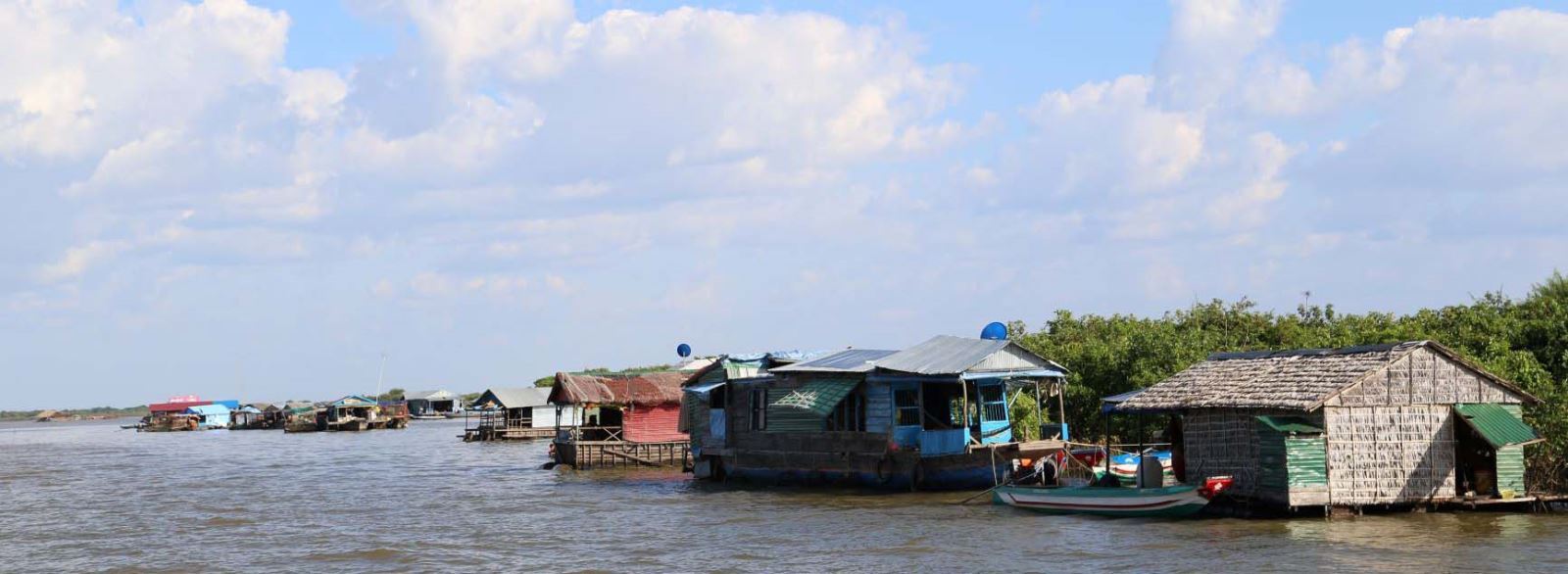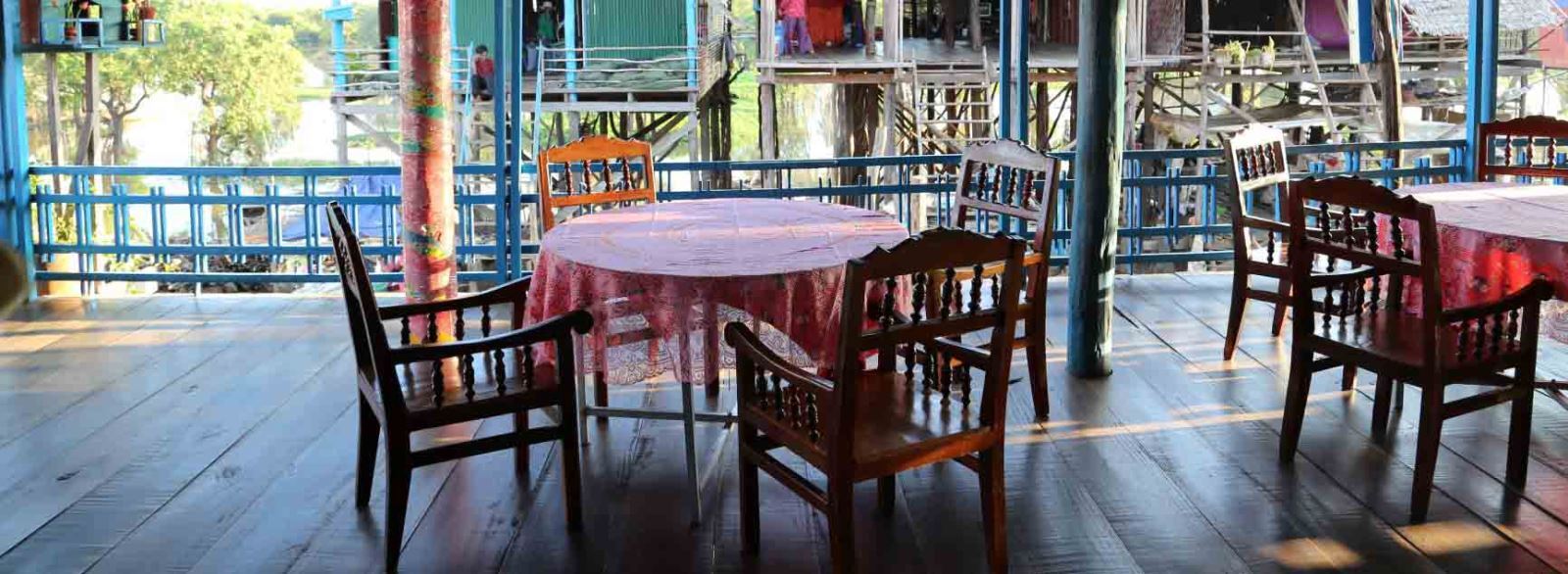
Stretching from Phnom Penh to Siem Reap in west-central Cambodia, Tonle Sap and its river are the largest freshwater lake in Southeast Asia. In 1997, the lake was recognized as the first Biosphere Reserve in Cambodia by UNESCO. This vast wetland offers remarkable landscapes of flooded forests and floating villages. The area is home to nearly 200 different species of fish, turtles, crocodiles as well as many endangered birds. The minimum lake size covers an area of 2,800 km² and is about 1 meter deep in the dry season. During the rainy season, the lake quintuple its area and can reach a depth of 8 m. This exceptional reserve is therefore an interesting stopover for nature lovers.

The ideal time to visit Tonle Sap Lake matches the perfect season to visit Cambodia. It should be noted that the water level of the Tonle Sap Lake will not be deep enough between the end of February and mid-June to organize a boat trip between Battambang and Siem Reap. However, on a local boat, you can still visit a floating village without any problem and take a look behind the scenes by discovering the bamboo constructions that keep houses above water. After the rainy season, the water level covers these infrastructures.
Kampong Phluk Village
Kampong Kleang Village
Chong Kneas Village

From Siem Reap grandiose temples to the lakeside villages on Tonle Sap
From temples of Angkor to the Royal Palace, from lakeside villages to primitive forests,